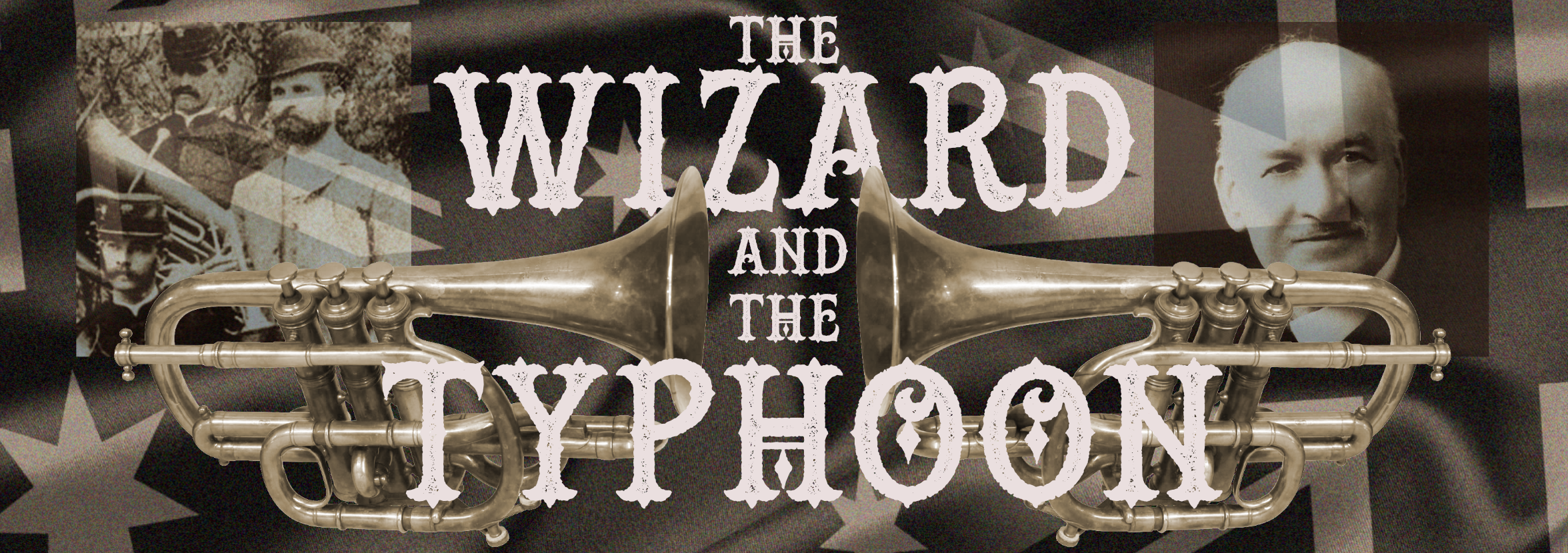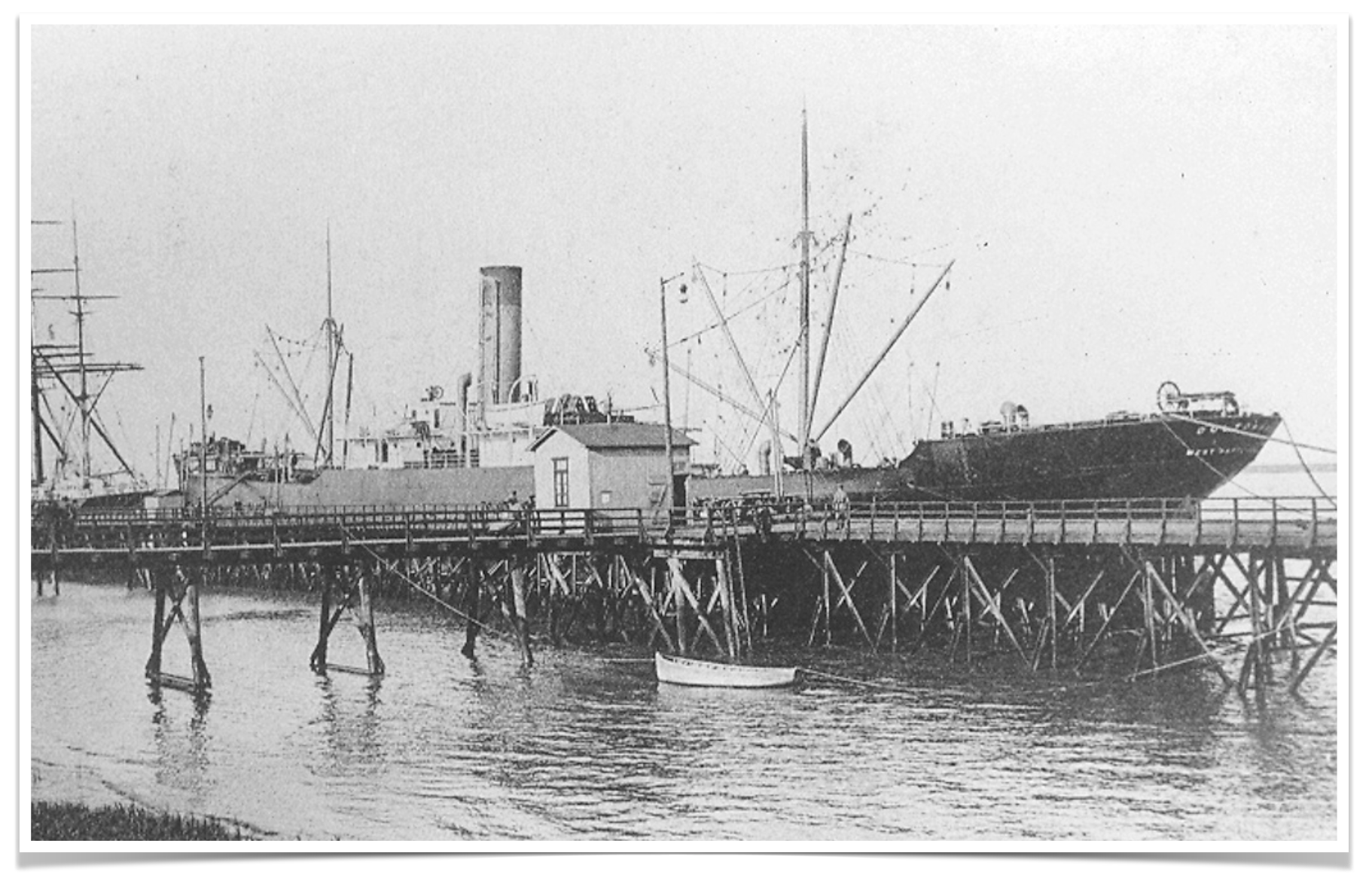For this blog post, as it’s been a while since I’ve posted on any progress, I’ve included a piece of recent correspondence between Ken Irvin of Ashbourne Band (whom I must again thank) and myself, in part because it illustrates one of the challenges we’re having at the moment in understanding George Allan. Why did he name his compositions as he did? You may have read an earlier blog post here where we explored the connection between Allan titles and the railway locomotives, but that seems unlikely and this post reveals a little of our more recent theory which we hope to develop soon to see how likely it is.
Dear
For several years I have been trying to find out what I can about March Ashbourne by George Allan. We have adopted this march as our signature march but do not know much about its origins. I discovered your web site by chance and hope this is an ideal opportunity to share information. I have attached an MP3 file of our recording of the march which you are welcome to use. I have in the past communicated with Steve Robson (previously with Stanhope Band, Durham) but he did not know much of the history. I shared the parts, originally published by TA Haigh of Hull, that I have with him and in 2014 he kindle recreated the score for me and a few members of Ashbourne Town Band joined the Stanhope band for the Miners Gala when we played the march.
I am assuming that the march was written for Baron Ashbourne who was awarded the title in 1886 however I have no evidence of this. I would be grateful if you have any information you can share with me and the band.
Regards, Ken Irvin, Ashbourne Town Band.www.ashbournetownband.co.uk
Hello Ken
Thank you so much for getting in touch, and thank you so very much for the .mp3 – we are hoping to build a definitive record of the music of George Allan with recordings such as this and where possible video content so that the music can be heard by anyone whenever they need. So little of his overall work is recorded, or even played today, though we feel there are many gems to be found among the wider spectrum of his work. There will be far more to George Allan than the best-known pieces that are still played today we’re sure. I love the fact that the march ‘Ashbourne’ has found a spiritual home with Ashbourne Town Band.
I would love to be able to say that we know definitively why so many of his pieces were named as they were, but the truth is we’re not entirely certain. It’s been far easier with Thomas Bulch who had a general habit with many of his pieces of naming them after places that have distinct connections to his life and career, and others of his
Shortly after the group formed we were theorising and given that George was a railway worker in that he started as a blacksmith’s striker at the, then famous, railway wagon works here in Shildon and later became a wagon painter, we wondered if some of the titles might have been connected to locomotives that he might have seen either working through and around Shildon or at least on the main line to which it connects. However, research into that line of thought revealed very little correlation, leaving us stumped. George wasn’t a ‘man of means’, his was a relatively lowly job leaving him little free time to travel long distances, nor probably the spare money to afford it. Some of his titles are, like Ashbourne, places – even Battle Abbey on the south coast. Ashbourne had a railway station so it’s possible that George may have been there, particularly if as a railway worker he might have enjoyed some subsidised travel, however, the question would be ‘why?’, and as I said he’d not have had much free time or opportunity. His band, the New Shildon Saxhorn Band wasn’t well travelled at all, barring one trip to Crystal Palace to take part in the Great Brass Band Contest there before George was born. He was a contest adjudicator, but the furthest reach of that activity that we have found extends north to Bo’ness and south to Bridlington and Dodworth, so not as far as Ashbourne. Conversely, I can find no evidence of a band from Ashbourne paying a visit to George’s locality. So it seems unlikely, but not impossible, that George was acquainted with Ashbourne as a place.
That brings us to Baron Ashbourne, whom as you say acquired the title in 1886, which would have been contemporary to George. The question then becomes ‘why Baron Ashbourne?’ From the admittedly loose research I have done there doesn’t seem to be any particular connection between Baron Ashbourne and anything that might have been going on in George’s world, or that might have occurred in the news at or around that time that might have been worthy of George singling him out as the inspiration for a march. With the exception of King Edward, there doesn’t seem to be any evidence of George composing pieces inspired by specific people. There is one other possible case of that which is the march Lefebvre, who was an Admiral, but again why name a piece after him?
That leads us to my latest, and probably strongest,
Why would a wagon worker from 30 miles inland care so much about ships? I’m not sure. We do know that George was a member of the Mechanic’s Institute here in Shildon, his home was less than 200 yards from the place and we know he maintained a subscription for the place that would have enabled him to access their extensive library of publications and engineering books – maybe there was a section on the latest in marine engineering. Shildon was also well connected to the coast by rail, so perhaps there were occasions where he and his family might have enjoyed coastal trips and been caught up by the romance of all the ships docking in the northeast ports, wondering where they had been and might be going next, or wondering at the scale of such engineering in comparison to the wagons he and his colleagues built. Maybe (and we have no evidence of this) he was commissioned to create marches for ship launches – that feels unlikely but it’s hard to tell either way.
That brings me to Ashbourne – here then is my theory, Ken. There was a steamer named Ashbourne based out of Sunderland. Incidentally, there was also an Ashbourne House in Sunderland itself which was the home of Edward Backhouse Esq. a collector of antiquities, whether that house has any connection to the ship I haven’t been able to establish yet. But Edward Backhouse was a well to do man, a County Magistrate and a private banker. he was born in Darlington and had connections to the banking family there – the old Backhouse’s Bank building in Darlington still stands. His sons were coal owners, i.e. were in possession of coal mines, which would have certainly meant they were relatively wealthy enough too. Edward died in 1879 by which time his family had moved elsewhere anyway, but Ashbourne House remained.
In any case, the SS Ashbourne was built, seemingly by the shipbuilding company Brigham and Cowans at South Shields just up the coast from Sunderland sometime shortly before 1879 when Edward died. I’ve attached a report from a newspaper where there has been contention over a patent for steering gear that was fitted to it. In 1882 we know that based out of Sunderland it was sailing via Gibraltar to New York. (see attachment). I attach a few more snippets of other locations. In 1886 there is a report that the ship had been believed to be off course and in trouble but had in fact arrived at Sydney in good order. Then in May 1894 the Ashbourne foundered at sea and was lost, though the whole of her crew was rescued by another ship The Garnet. This story is very contemporary to George Allan and if the piece was published by Haigh it’s composition may well have been around that time. The captain of The Garnet received an award from the British Government for his bravery in rescuing the crew. That sounds like a good inspiration for a march.
Right now that’s the closest we have to any inkling in terms of an answer to your question, Ken. It’s supposition, but there’s enough in it to be a valid theory if not necessarily fact. I’ve attached some of the newspaper clippings.
As for the piece Ashbourne, I’d love to see at least one of the original parts. I’m trying to get the sequence numbers from Allan’s pieces in Haigh’s journal so that I can catalogue what order they were published in and it helps me to date them roughly using some of the journal adverts that we’ve found, so if you might be kind enough to send me something to take a look at. Steve might have it already as you say but if he has he’s not shown me it, though he did tell me about working with the Ashbourne Band on the occasion you mentioned, didn’t you Steve?
If I find anything else out, Ken, you’ll be the first to know. I’m hoping I can eventually get together enough evidence to prove or disprove the nautical theory. If it turns out to be true it’d add a lot more colour to the George Allan story and say a lot about him that we don’t know right now.
Dave Reynolds, Group Secretary
Friends of The Wizard and The Typhoon

